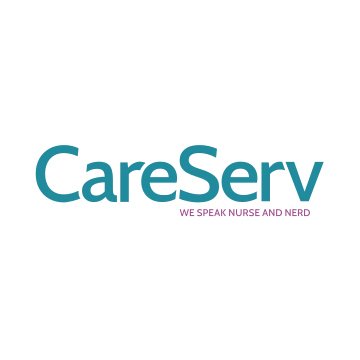Infections in seniors are a growing problem, especially among those residing in post-acute care communities. It is reported that 63% of bacteria don’t respond to traditional antibiotics and for many seniors who already have a compromised immune system, it can be much more difficult to bounce back from an infection — even a small one. In fact, healthcare-acquired infections are the fourth-leading cause of death, and cost the industry over $7 billion dollars annually.
The question of how to reduce the number of infections leads to the ever-challenging issue of creating a germ-free environment and preventing the spread of germs from previous care settings, such as hospitals. In this way, poor infection control continues to rank as one of the most common citations in post-acute care communities. With new residents arriving frequently, current residents returning from acute settings or leave, and guests coming in for visits, the introduction of bacteria is constant. As residents, guests, and staff interact and move about the community, they are transporting bacteria everywhere they go. Many facilities put protocols in place for hygiene and human-to-human contact precautions, but is that enough?
In other settings like home care, the caregivers have even less control of the physical environments of their patients. As they go about their day, they are coming in contact with all kinds of people and things that carry germs and bacteria. Technology devices, especially, come into contact with patients and caregivers, and travel along with them wherever they go. As technology becomes more prevalent in senior-care settings, providers need a solution to prevent devices from spreading germs to keep both patients and caregivers safe.
Our SUMMIT partner, CareServ, recognized the need for such a solution and created their Antimicrobial Protection Solution — an antimicrobial coating system that creates a self-sanitizing surface for continuous protection against harmful bacteria and viruses. The first coat is a quick-drying antimicrobial layer that ruptures the membrane of the microbe and kills on contact. The second coat is an oxidizing photocatalyst to decompose the remaining germ contents, protect the surface, and continue the cleaning process. Together the transparent layers protect surfaces for up to two years and its effect isn’t diminished by disinfecting or cleaning.
So how do customers feel about it?
CareServ and PointClickCare customer TLC Management, was looking for a way to ensure devices weren’t spreading germs and decided to try the Antimicrobial Protection Solution. Since implementing the treated devices, TLC has experienced a steady decline in readmission rates saving them over $500,000. Not to mention the additional revenue they collected due to the residents staying in their care instead of being shipped back to the hospital.
“Our biggest concern with using mobile devices was the infection control issue of carrying them into the rooms to document care at the point of service. CareServ eliminated that concern with the Antimicrobial Protection Solution, and we have seen improvement in documentation compliance and increased revenue as a result,” says Debra Smith, Corporate Clinical Informatics Director at TLC Management.
Want to learn more? Drop by and see CareServ at booth #401 at SUMMIT and see this solution in action.

